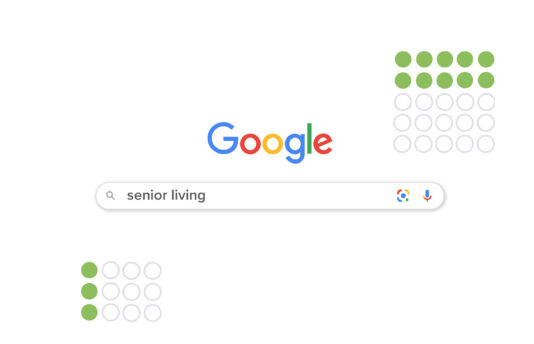Your paid search quality score is one of the most valuable tools that can be used to enhance the performance of your paid advertising efforts. It is set at the keyword level and does not affect how frequently your ad is shown; however, ads with higher paid search quality scores tend to perform better because they are more relevant to the user.
What is a paid search quality score?
A paid search quality score serves as a diagnostic indicator, assessing the relevance and effectiveness of your keywords, text ads and landing pages within your paid search campaigns.
What factors make up your paid search quality score?
Your paid search quality score is determined by ad relevance, landing page experience and expected click-through rate from a given query. It is calculated by ranking each of the three components as above average, average or below average compared to other ads running for the same keywords over the previous 90 days. If one factor is considerably lower than the others, it will cause your quality score to drop, giving advertisers an opportunity to improve their ads for given searches. The higher quality and more relevant an ad is, the better its performance is likely to be.
How can I improve my paid search quality score for my text ads?
1. Separating Your Keywords Into Distinct Ad Groups
Rather than having unsorted keywords in one general campaign, utilizing different ad groups can help ensure that spend is distributed across different services or terms. Since branded terms are more relevant to many search queries, they may consume the budget for an entire campaign. To address this, separating branded keywords into their own ad group and creating distinct ad groups for each product or service allows for bid adjustments to allocate more spending toward expensive or high-performing keywords. This strategy also enables the creation of more relevant text ads for specific keywords, improving the ad’s overall relevance score and expected click-through rate. Ad groups can be further divided into specific categories.
For example, a hospital may have heart health-related keywords in addition to ad groups dedicated to cardiology, thoracic surgery and specific procedures to best reach designated users.
2. Updating Your Ad Copy
If your text ads are getting views but not enough clicks, consider updating their language. Ads that closely align with searched keywords can boost click-through rates because users find them more relevant. When creating new ad groups, ensure the ads match the group’s keywords to stay relevant to user searches. Also, include specific details about your business offerings, like unique highlights and benefits, in your ad copy to attract more clicks.
3. Updating and Improving User Landing Page Experience
The user experience on your landing pages significantly influences quality score, constituting one-third of the overall score. If the landing page doesn’t align with the ad messaging or advertised content, the user experience score declines. When enhancing landing pages, ensure changes maintain mobile-friendliness and offer ample conversion opportunities, such as clickable links to call, fill out forms or complete purchases. While conversion rate doesn’t directly impact ad quality score, it remains a crucial metric for optimizing and improving landing pages.
Avoid hindering business growth.
By prioritizing your paid search quality score with these tips, you’ll enhance the effectiveness of all your paid search campaigns. Don’t let mediocre quality scores hinder your business growth. Take action now to unleash the full potential of your paid advertising.
Need more guidance? Explore EVR’s Big Book of Digital Marketing or reach out to us today for assistance.











